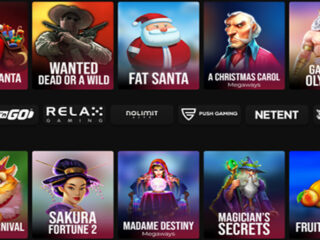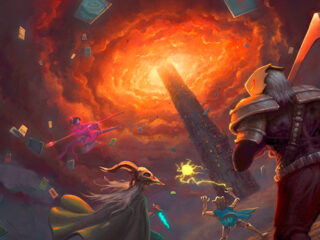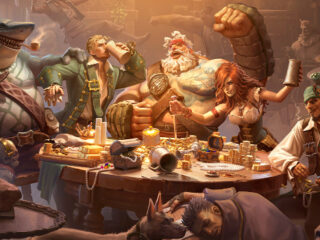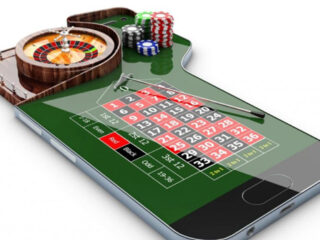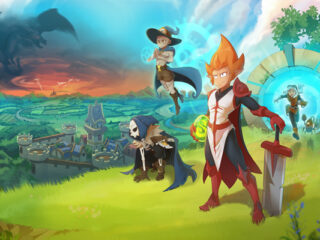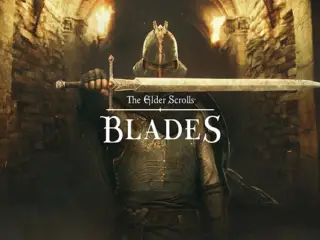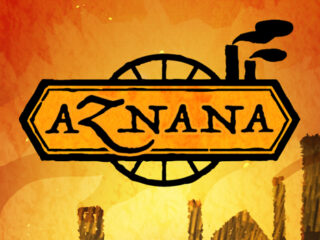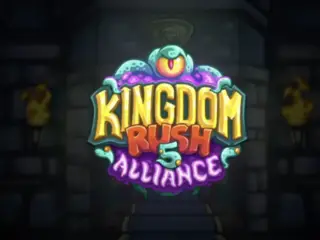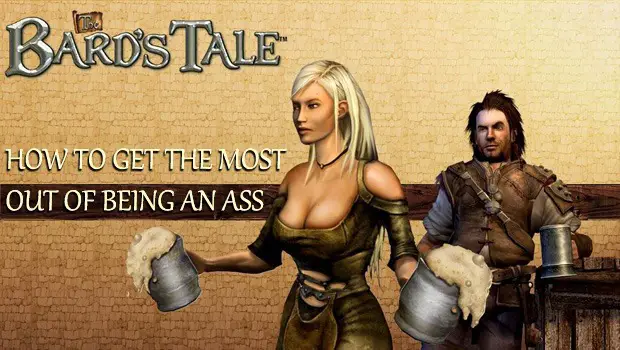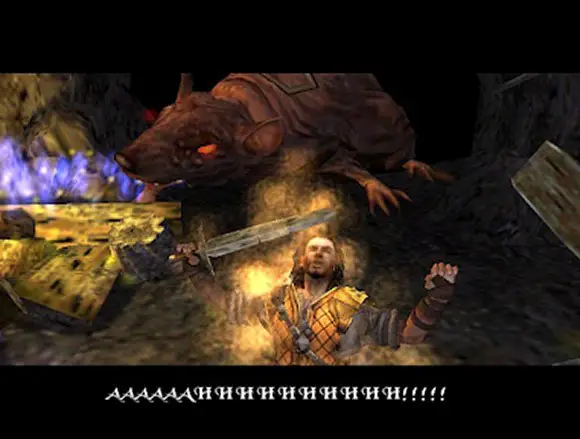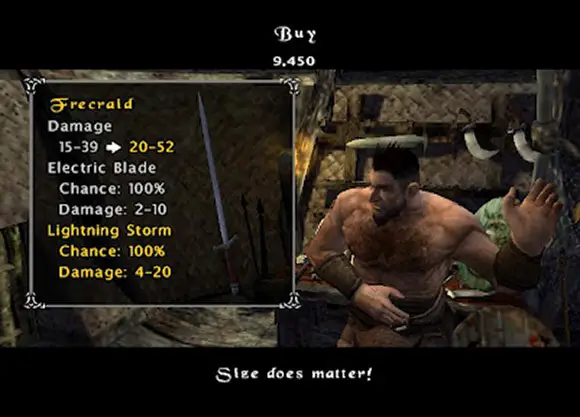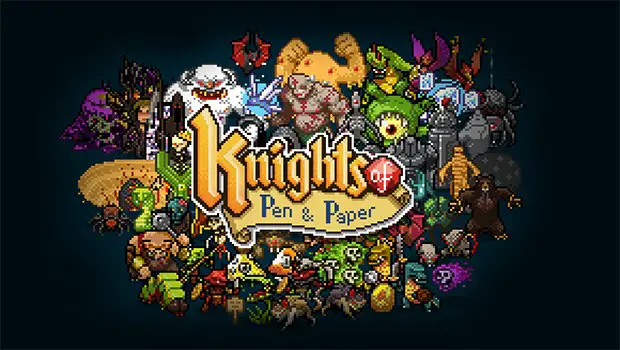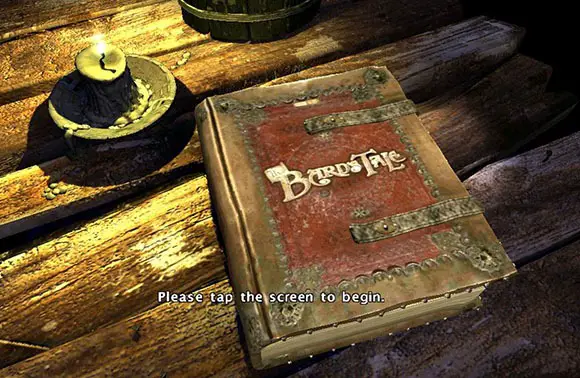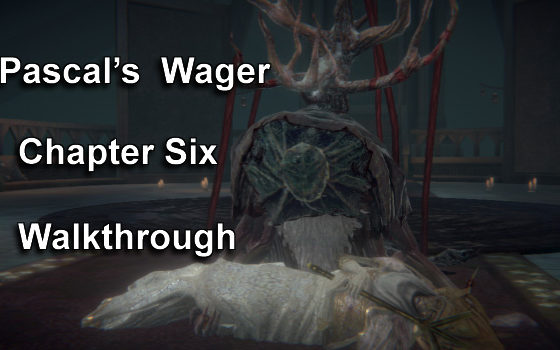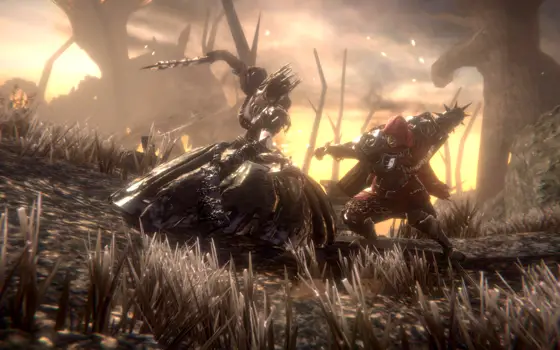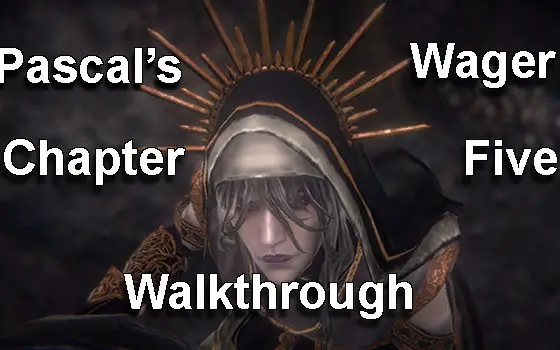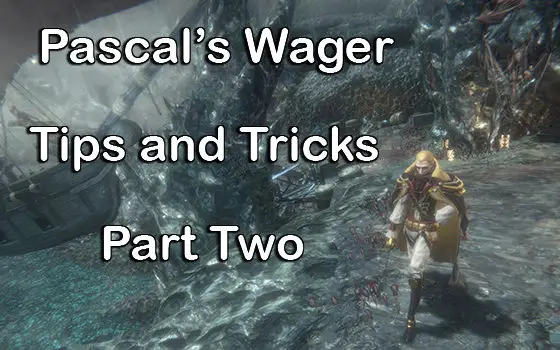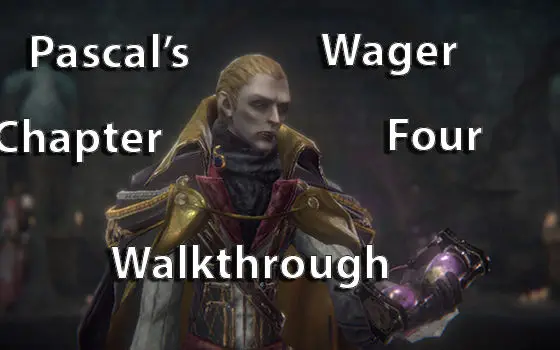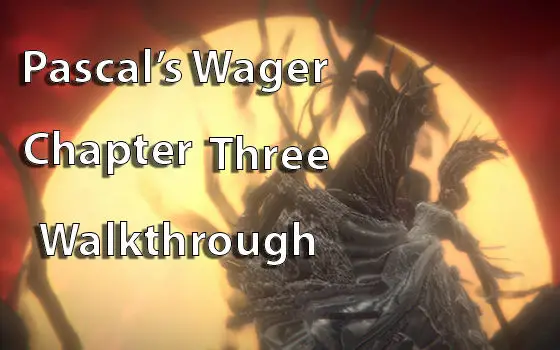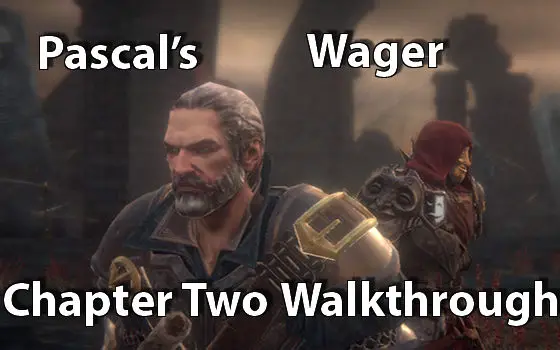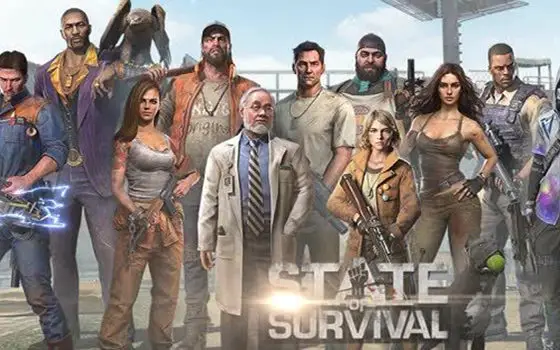Part II: Strategy Simplified
Fighting
Early in the game, success in battle is largely your responsibility as you can only summon one ally at a time. You should be able to hack your way through enemies with your sword, but, if you find yourself getting overwhelmed often, back off and take them out with bow and arrows (you’ll be able to buy a bow fairly early on). As you obtain the ability to summon more allies at once, you can continue to use this strategy, as your companions will keep enemies busy as you pick them off from afar.
Melee combat is a simple matter of timing defends and attacks (though, once you’re more powerful, you can potentially get a bit lazier with the defending). On the whole, using the bow is probably safer, but, if you’re like me, you might get bored of staying out of the fray so much. Overall, you should fight however and with whatever weapon suits you. If you plan to be a more hands-on fighter, make sure to regularly contribute points to your Strength stat (still, don’t neglect Dexterity entirely either as there will be moments you’ll be forced to use the bow on out of range enemies).
One more thing is that swiping the screen up, down, left, or right issues commands to your allies. Go ahead and try them all out. However, to be honest, I didn’t find them particularly necessary, often completely forgetting about their existence entirely and usually only swiping up (commanding my allies to attack) on the rare occasions they seemed to be lollygagging about.
Healing
Healing can be done by way of the spell referenced in “Interface and Basic Commands.” However, health and mana also regenerate over time. Furthermore, not long into the game you’ll obtain the Crone who automatically heals your party as needed. It is also possible (though rarely necessary) to donate money to priests either at kirks or wandering the world map in exchange for an insta-heal.
On the whole, it’s a good idea to keep the Crone summoned once you get her. If you mostly rely on her for your healing, you can save up adderstones for emergencies.
Stat-Building
Stats max out at 20, so, when initially allocating your points, don’t put more than 17 toward any one stat. You’ll collect tokens that will raise your individual stats by 3 points, but if your stats are already too high, these points will be squandered.
If you intend to explore the game fully and complete many or all of the side quests, it can’t hurt to build an essentially rounded out Bard. However, it’s worth noting that Charisma is probably the least important stat. All it does is cause shopkeepers to charge you less, but there are always ways to dig up some more silver and, as the game progresses, there becomes fewer and fewer shops to visit anyway.
Luck is the stat that just improves everything in vague ways, making you generally better in battle and probably netting you more silver overall. It’s definitely wise to have good Luck. However, it’s probably best to initially work harder toward building the stats with more evident results.
Rhythm increases the power and health of your summoned creatures. It is likely to become your most important stat because, as you gain the ability to summon more allies, you will come to rely on them heavily in combat. Still, don’t neglect Strength (improves melee combat) and Dexterity (improves bow and arrow), especially early on when you’ll be the core fighter. You can favor spending more points toward whichever combat type you prefer.
Vitality is how much health you have and should be increased some, so you don’t end up having to keep a constant eye on how much red you have left. However, once you have the Crone, you can be immediately healed after every battle, making this stat somewhat less important.
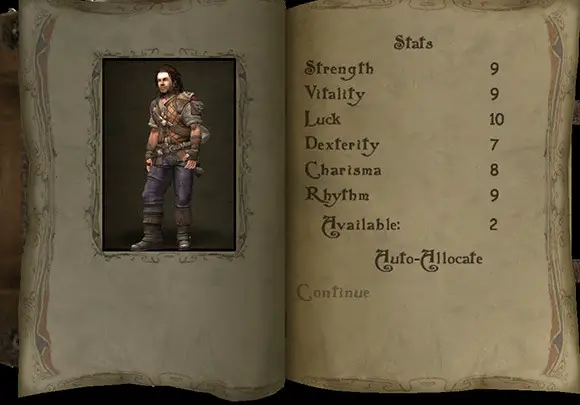
Discovering Your Talents
With every other time you level up, you’ll also learn a new talent that you’ll get to pick from a list. These range from passive combat moves (e.g., critical strikes and an automatic attack after defending) to active combat moves (hold-to-charge attacks) to new skills (the ability to equip weapons from different classes). Choice of skills again comes largely down to taste. However, it’s probably best to choose “Dog Training” first as this will teach combat to your dog (you’ll be getting a dog) so he isn’t largely dead weight.
Following this, general advice would be that if you intend to fight with different classes of weapons, you’ll need to learn the skills to use those weapons. Regardless of what kind of weapon you go with, it’s a good idea to learn the counterattack-after-defending attack that goes along with it (such as “Shield Bash”) as these knock down or stun enemies. Not too far into the game, you might go for “Treasure Hunter” as it’ll increase the overall amount of silver you’ll find, making other classes of weapons more affordable for when you learn how to wield them.
Lastly, if you don’t feel like switching up your strategy too much, you can largely avoid the active attack skills. However, the “Spinning Smash” (which requires learning the “Two-Handed” skill first) or the “Whirlwind” (requires “Flail”) are particularly useful for clearing away crowds. There’s also the “Arrow Storm” (which can be unlocked after first earning “Power Shot”), which fires three arrows at once in the time it would take to fire two individually.
Shops
It’s usually a decent idea to stock up on weapons and armor when you can afford them and there’s a shop nearby. Sometimes you’ll pick up better equipment while out questing, but this isn’t always a definite. Besides, dungeons usually prove to be quite lucrative, so you’ll usually have enough cash to buy more stuff by the time you find yourself in a town again. Furthermore, if you find a better weapon, it’ll replace the lesser one and automatically convert it to a bit of silver.
Melee weapons are divided into four classes (one-handed, two-handed, sword together with dirk, and flails), so stick with what you like best unless you’re feeling opulent and want to have a collection you can cycle through. Also remember that you’ll only be able to use one-handed weapons and bows until you learn the skills to use other types. No point in purchasing equipment you won’t be able to make use of for some time.
Lastly, though you’ll come upon bows in the wild eventually, it’s certainly worth it, at the outset, to buy a bow as soon as you can afford it. It’s useful to have around when melee combat isn’t cutting it.
Go to Part III: Tips and Dirty Tricks –>
<–Back to Part I: A Few of the Basics
